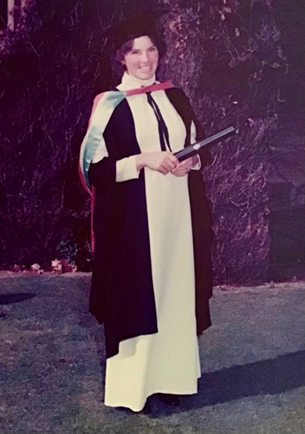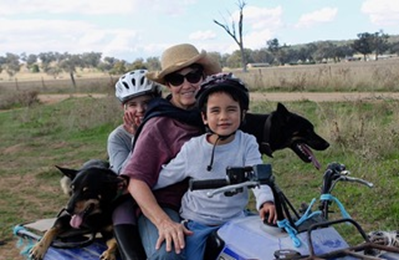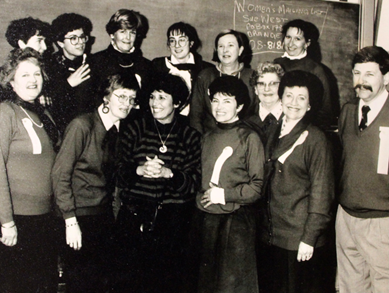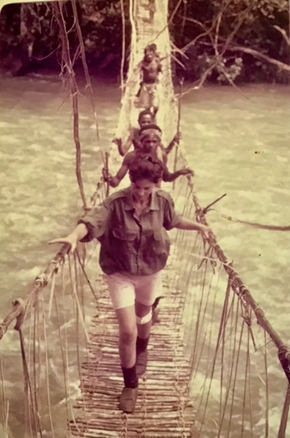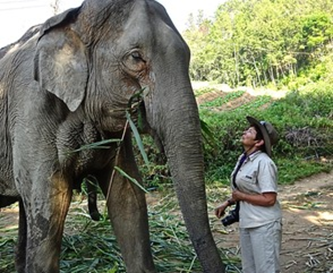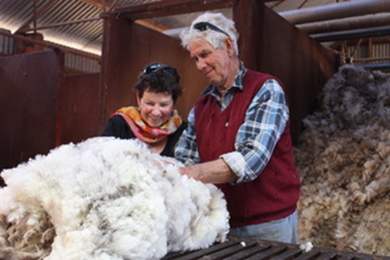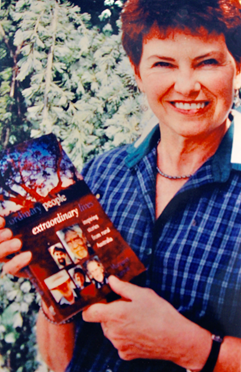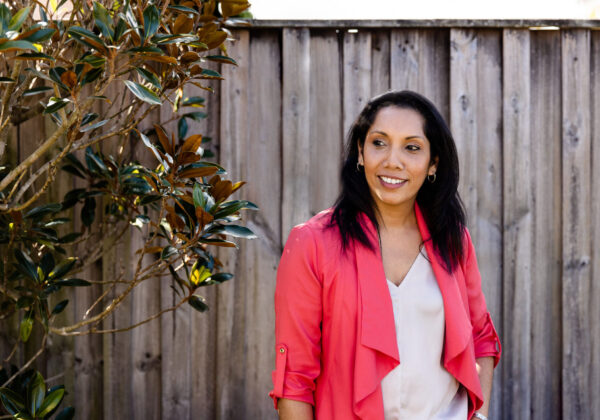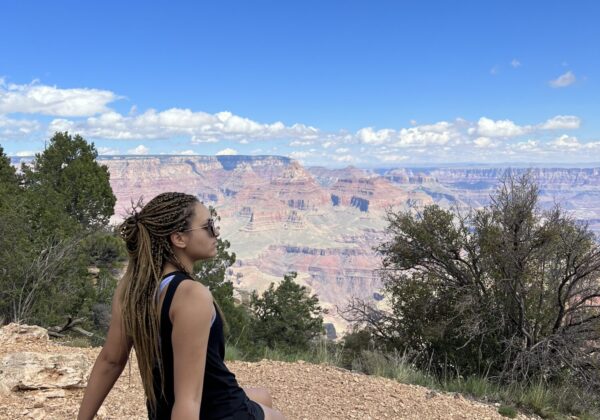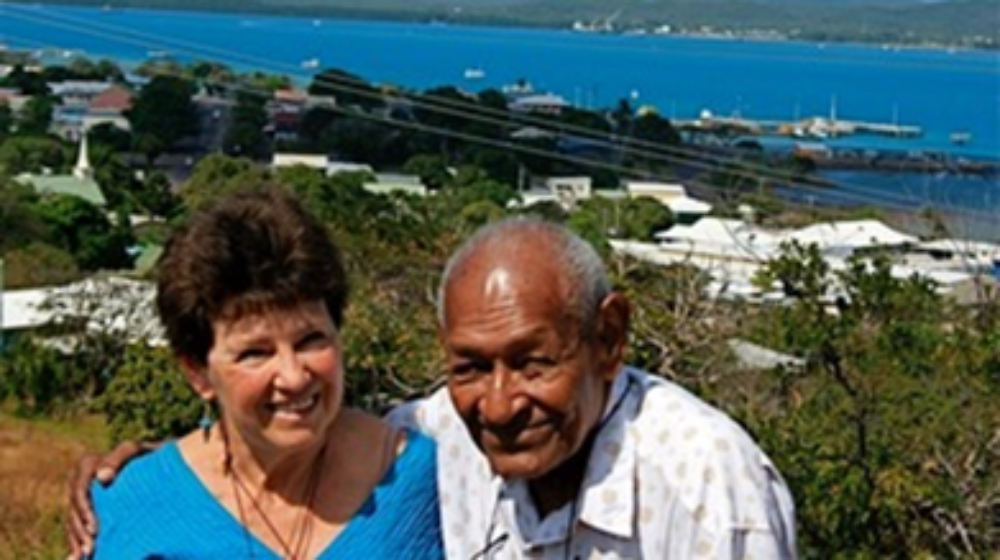
Where are they now? Marg Carroll OAM (Hamilton, 1965)
Coming from our isolated farm to Lang House as a 9-year-old boarder in 1959 was a huge shock. I missed my loving family, our animals and beautiful Murga valley in central NSW where I helped Dad muster sheep and rode my horse two miles to our little school.
Some Pymble house matrons in those days were from another planet, but my PLC friends are still my friends and teachers were good. Our Goodlet ‘gang’ haunted the tennis courts, hockey fields and swimming pool. In 1965 three of us ‘made’ time in our busy lives studying by torchlight from 2-4am to pursue good passes in the Leaving Certificate, and Commonwealth scholarships.
That took me onto Sydney University (SU) and an Arts degree, where Women’s College freedom and fun was a revelation after seven years of strict boarding life. I loved geography, geology and languages, and was fascinated by Papua/New Guinea. After graduation a friend and I were selected for a national University PNG Village Scheme. I lived in a Tolai village near Rabaul where my family had few possessions, but huge capacity for love, laughter and communal living. That began my interest in rural development. A 100-mile patrol in the wild Highlands made Anthropology real and introduced me to a disappearing world of tribes who had never seen a white woman.
The Sixties were idealistic times. We wanted to change the world. I had an idea to be a town planner in Calcutta, the world’s biggest, poorest city, until in 1970 I waded its monsoon-flooded streets, saw the bustees (slums) of lepers and the impoverished town planning ‘department’! I still did a Masters in Town and Country Planning back at SU, with my thesis commissioned by the Bathurst-Orange Development Corporation for its proposed new city. Finishing the degree took six long years interspersed with marriage, moving to the country, birth of our first child and second impending birth around graduation.
Marrying a sheep farmer wasn’t the best career choice for a town planner so, like many a resilient rural woman, I had to grab other opportunities. The challenge was always to juggle family, farm and off-farm work, looking for balance and time with family.
My ‘career’ has taken many U-turns, often flying by the seat of my pants with no training in what were new fields. I say, ‘Give it a go, and love what you do’. What gave me most satisfaction was identifying issues and initiating projects that met needs and have continued on. After 10 years at home raising a family, the dreaded Ds (drought, debt and depression) drove me back into the paid workforce in the 1980s. From housing jobs in Orange came the first Abbeyfield family-style aged housing for low-income people in NSW, and from our humble Community Tenancy Scheme a now million-dollar community housing program. My interest in preventative health and nutrition led to health promotion work and ORANGESEARCH healthy cities project, which also gave me a postgrad degree in Social Ecology from the University of Western Sydney/Hawkesbury.
One day my Community Health manager said, ‘Do something about drought!’ From that came the Central West Rural Financial Counseling Service, which worked fruitfully with cash-strapped farmers for decades. On the home front, my husband and I started a Trees on Farms group with our neighbours in the valley, which morphed into Landcare when PM Bob Hawke launched the Decade of Landcare. I have been fortunate to work with great teams of like-minded people, maybe a skill honed from PLC sport.
In the 1990s I was given the challenge of setting up and coordinating the statewide Rural Women’s Network from NSW Agriculture, with half a staff person initially. I remember traipsing the backblocks of NSW to sit around kitchen tables and in drafty halls to hear pressing issues. Acting strategically on those issues was our strength such as kicking off Women of the Land Gatherings, The Country Web newsletter and building alliances as with St Vincent’s Sisters of Charity for an invaluable freecall line for information, counseling and referral.
A prized women’s scholarship in 1997 on the Australian Rural Leadership program gave me the impetus to search for inspiration in stories of ordinary rural Australians such as Torres Strait Island singer/pearl-shell diver Seaman Dan.
Ordinary People, Extraordinary Lives was published in 2001, Reinventing the Bush about young Australians in 2008, and The Man Who Loved Crocodiles and stories of other Adventurous Australians about wise elders, in 2011. Those stories are special and easily lost. Since 2012 I have sped up recording life-stories as an oral historian for the National Library of Australia (NLA). My 50 interviews there have focused on national history including survivors of terrorism (from the Bali bombings), Centenary of Canberra, Conservation Farming, and lives as diverse as Stolen Generation camel exporter/tourist operator Ian Conway and wife Lyn, Prof Bruce Conolly (pioneer in hand surgery), Marg Appleby (suicide prevention pioneer).
My passion since childhood has been wildlife and its conservation. We have been lucky enough to travel Australia and remote parts of the world, to volunteer counting endangered lions and elephants on a Maasai conservancy in Kenya and work with rescued elephants in northern Thailand. My current NLA project is on Australian wildlife conservationists.
Ultimately family comes first. In April ‘22 we celebrate 102 years of our Redbank sheep stud. I’ve done many interesting things, but being Nan to 6 lively grandchildren is my best role ever.
If interested in purchasing Marg’s books, email maggiebillcarroll8@gmail.com.
